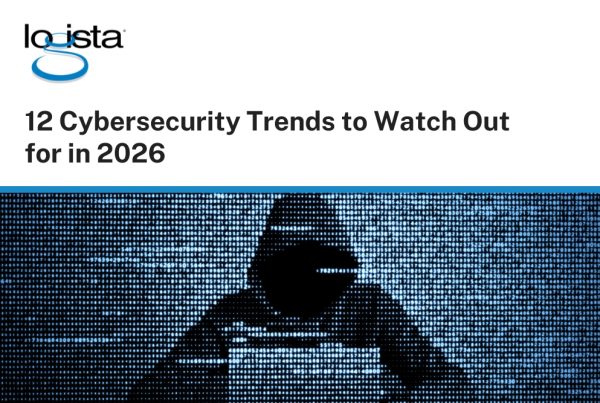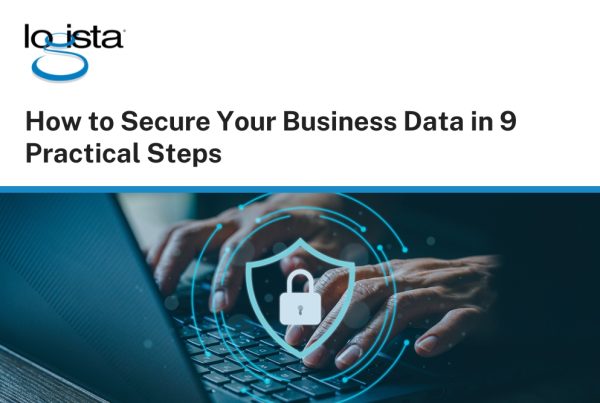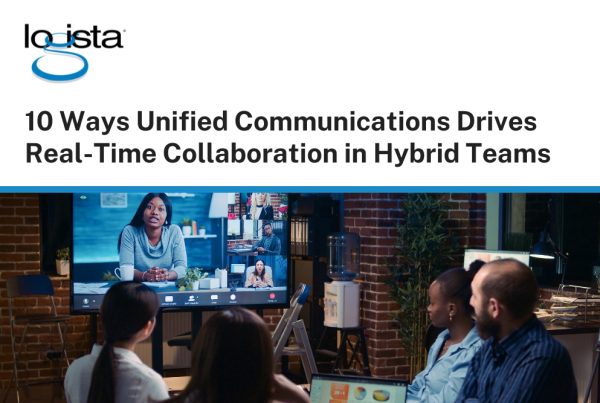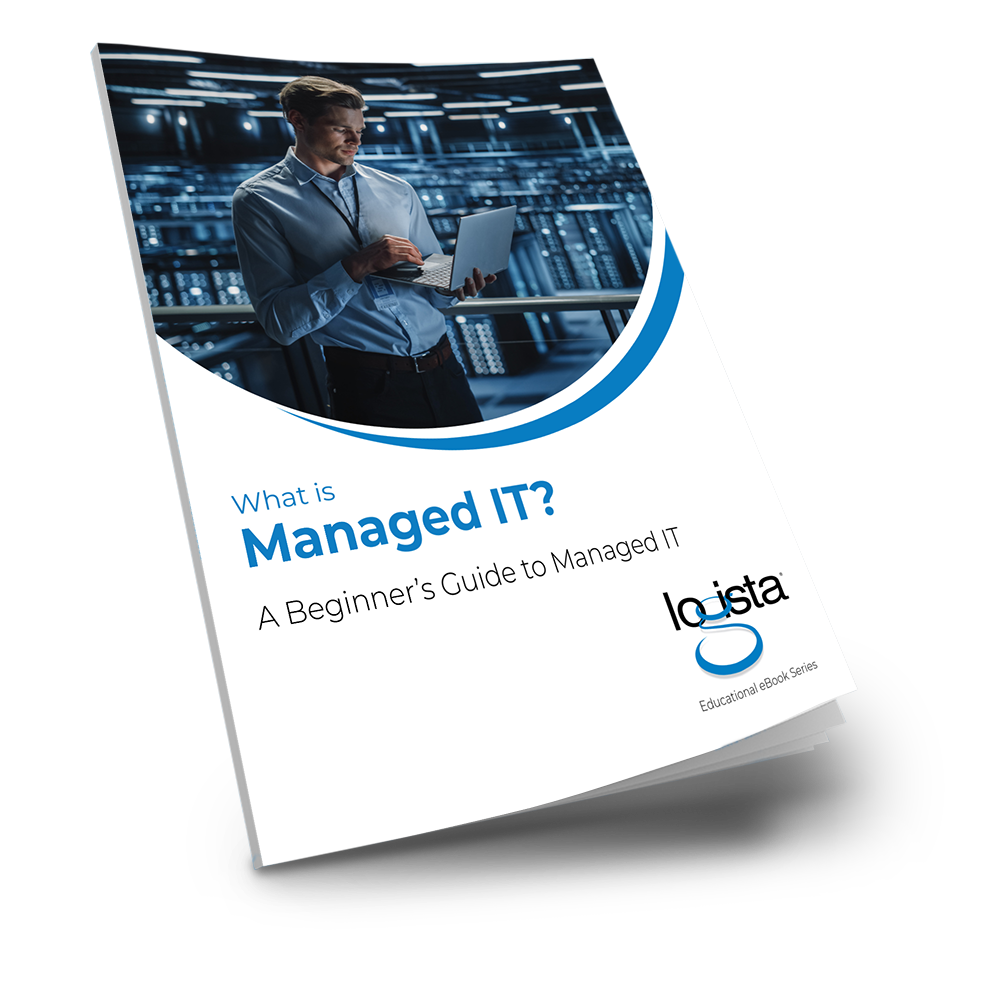Many small and medium-sized businesses (SMBs) often believe they are too small to be targeted by hackers, but that couldn’t be further from the truth. This misconception can make them more vulnerable, as hackers frequently target them precisely because they may have less robust security measures in place compared to larger enterprises.

SMBs are increasingly becoming targets for cybercriminals wielding ransomware. This malicious software can encrypt your data, holding it hostage until a ransom is paid. The consequences can be devastating, from financial losses to reputational damage. However, by implementing robust cybersecurity measures, SMBs can significantly reduce their risk.
Here are essential strategies to protect your business from ransomware attacks.
1. Implement Regular, Comprehensive Backups – The most effective defense against ransomware is a solid backup strategy. Regularly back up all critical data and systems, ensuring that backups are stored offline or in a secure cloud service. This way, if ransomware does strike, you can restore your systems without paying the ransom. Aim for daily backups and test your restoration process regularly to ensure it works when needed.
2. Keep Software Updated – Cybercriminals often exploit known vulnerabilities in outdated software. Keep all operating systems, applications, and security software up to date with the latest patches. Enable automatic updates where possible and establish a routine for manually updating systems that can’t be automated.
3. Educate Your Employees – Your staff can be your strongest defense or your weakest link. Provide comprehensive training on identifying phishing emails, avoiding suspicious links, and practicing safe browsing. Regularly reinforce this training with simulated phishing exercises and updates on new threats.
4. Implement Strong Access Controls – Adopt the principle of least privilege, giving employees access only to the systems and data necessary for their roles. Use strong, unique passwords for all accounts, and implement multi-factor authentication (MFA), especially for remote access and critical systems.
5. Segment Your Network – Network segmentation can limit the spread of ransomware if it infiltrates your system. Divide your network into separate subnetworks, isolating critical systems and data from the general network. This can contain a potential infection and protect your most valuable assets.

6. Deploy Robust Email Filtering – Many ransomware attacks begin with a phishing email. Implement strong email filters to block suspicious attachments and links. Consider using a secure email gateway that can sandbox and analyze attachments before they reach users’ inboxes.
7. Use Comprehensive Security Software – Deploy antivirus and anti-malware software on all devices, including mobile devices. Ensure these are kept up to date and perform regular system scans. Consider using endpoint detection and response (EDR) solutions for more advanced protection.
8. Disable Macros by Default – Many ransomware variants are delivered through malicious macros in Office documents. Disable macros by default in Microsoft Office applications. If macros are necessary, use trusted locations or digital signatures to allow only approved macros.
9. Develop an Incident Response Plan – Despite best efforts, no system is entirely immune to attacks. Develop a comprehensive incident response plan that outlines steps to take in case of a ransomware infection. This should include isolating affected systems, notifying relevant parties, and initiating recovery procedures. Regularly test and update this plan to ensure its effectiveness.
10. Consider Cyber Insurance – While not a preventive measure, cyber insurance can provide financial protection if a ransomware attack occurs. It can cover costs associated with business interruption, data recovery, and even ransom payments if necessary.
By implementing these strategies, SMBs can significantly enhance their resilience against ransomware attacks. Regularly review and update your security measures to stay ahead of evolving threats. While the initial investment in time and resources may seem daunting, the cost of prevention is far less than the potential devastation of a successful ransomware attack.
About Logista Solutions
Logista Solutions is a nationally recognized leader in a broad range of technology management solutions. As one of the largest technology support providers in the U.S., Logista provides innovative and holistic solutions to help companies take control of their IT infrastructure and achieve better business outcomes. Popular services include Managed IT as a Service, VoIP and Unified Communications, Managed Print, Cloud Services and Asset Disposition.




